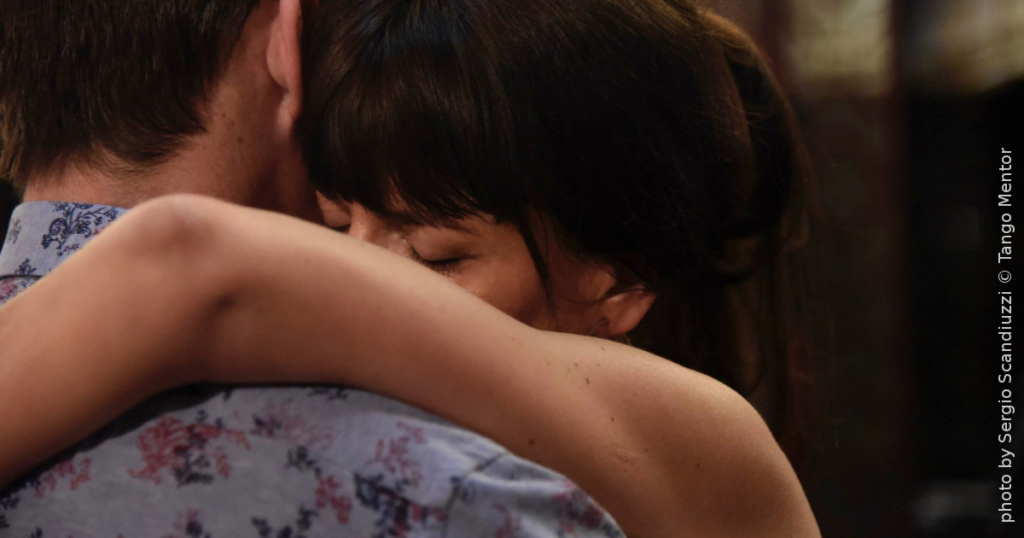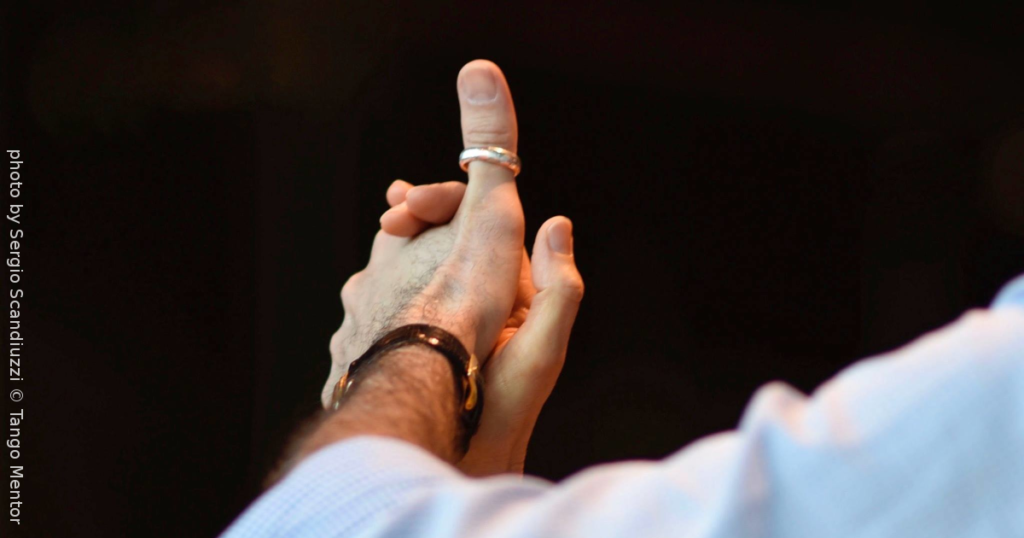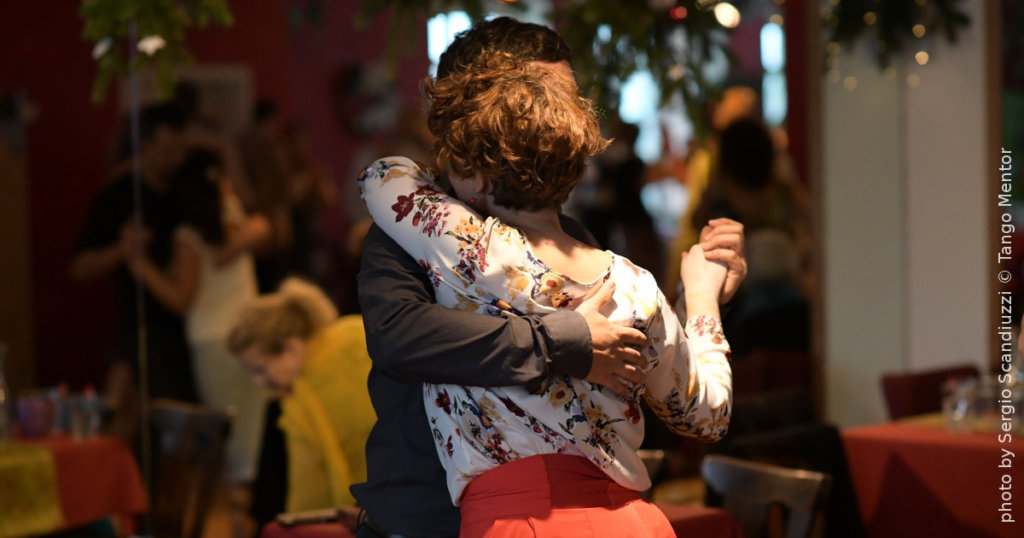
Yes, milonguero! Just like those old milongueos from the Golden Age of tango… at least that’s my goal. Since my early months, I’ve been focused on developing repertoire and musicality, back then known as “tango salon” or just simply “tango,” but today referred to as “milonguero.”
Not only that, I try to dance in its simplest and purest form. If you see me on the dance floor doing more than three sequences, I’m often not quite happy with my dancing. I certainly know much more than that minimalist version I insist on, but I strongly believe that good dancing is not about what you’re doing – good dancing is about doing it well… And the more things you do, the less focused you are on what really matters – your partner.
Why do I do that? And should you also consider dancing milonguero and traveling to milonguero events? Will it be good for you? What will you gain? And does it worth it?
Everyone should get their own answers to these questions, but if you ask me, I will decisively answer “Hell yeah!!!”. If you want more elaborated answer, you’ll find it in this article.
1. Less is more indeed
“It’s like a finger pointing away to the moon. Don’t concentrate on the finger or you will miss all that heavenly glory,” said Bruce Lee, referring to the ancient Chinese wisdom.
In tango, our bodies and movements serve as this pointer. Focusing too much on them will make you miss the “heavenly glory” that lies deeper.
Focusing on complex sequences or perfect posture will make you miss the universe that your partner carries within them. Making hard acrobatic steps or choreographed figures will make you miss the joy of moving simply with the music.
Milonguero dancing is often criticized for being too simple – but when one says “simple,” they should be aware that it’s simple in movements, but very complex and rich in emotion and experience.
Social dancers are not professionals, nor performers. They don’t need special talents – they dance with what they know and how they know. Perfection is in simplicity.
Don’t forget that in your everyday language you don’t need a complex vocabulary to say beautiful things – it’s often the simplest words that are the most powerful.
Check, for example, how simply Beto dances in this video:
2. Meaningful and authentic
Let me be honest: I hate when people are acting. I don’t like fakeness, and I don’t like when people are trying to show something they’re not.
And that is one of the reasons I like milonguero. Since you don’t dance to captivate onlookers, nor try to be better than someone else – you can be yourself.
Dancing for an audience becomes a performance, acting, and pretense to leave an impression. Posturing is something I despise; I appreciate authenticity, even if it means dancing imperfectly. There’s a certain beauty in being your true self and an undeniable ugliness in being fake.
The old milongueros used to say that when you dance for the public, you kill your tango angel – I needed some time to understand the meaning of that, but I believe now I do.
3. Because it’s social, not a sport
I avoid going to big festivals, and I hate when they interrupt milongas and give an opportunity to stars to perform. It often happens after the performance that the dance floor becomes a battlefield. Dancers are being “motivated” to dance like their idols, and they forget that dancing socially is not a performance.
On top of that, dancers are often competitive, so they tend to show off. They make huge steps, complex sequences, and their dance becomes a physically demanding experience.
I firmly believe that social tango is and should be a social experience, not a sport. It should be elegant and easy, allowing dancers to focus on the true purpose of dancing—being social and connecting with new people.
- Social dancers dance like nobody is watching.
- It’s not important how good your moves are; if you make your partner feel bad, you’re a bad dancer.
- Tango is not just a dance; it’s creating an experience.
- There aren’t many ways to connect with people as deeply as when you move together with the music in the background in a tango embrace.
Your support goes a long way in sustaining the quality and frequency of the content on my blog. I appreciate every contribution, big or small, as much as you feel you gained value from this article.
From my heart to yours!
Ivica
Securely processed by PayPal
4. Solidarity, not competition
In my experience, the main difference between milonguero events and others is the solidarity among the dancers. Yes, there’s often competitiveness, but on the dance floor, we’re all together, and we’re all having a shared experience.
The most visible expression of this mindset is the musicality. Milonguero dancers tend to move in a smooth and predictable way, so others can give them space and not be interrupted by the “creativity” of the couple. A milonguero couple glides on the dance floor with elegance and simplicity, allowing the ronda to flow easily.
That also helps partners to relax and connect, instead of trying to predict or amaze with their moves or choreography.
I can’t think of a better example of this than the video created by Rick from Tango and Chaos in Buenos Aires. I leave it to your discretion to decide what’s what and who doesn’t belong here.
I consider milonguero as the essence of tango. Tango lives at milongas, not on the stage, and that’s why social dancing (milonguero) should avoid being influenced so much by stage performances. Tango is, before everything, a social interaction: considering it just as a dance takes away so much from its richness and its history.
Sign up for my Free Newsletter
Discover why tango is way easier than you think!
It’s also way deeper than you imagine.
I will send you my best tips and learning sources few times per week.
Unsubscribe instantly at any time.


